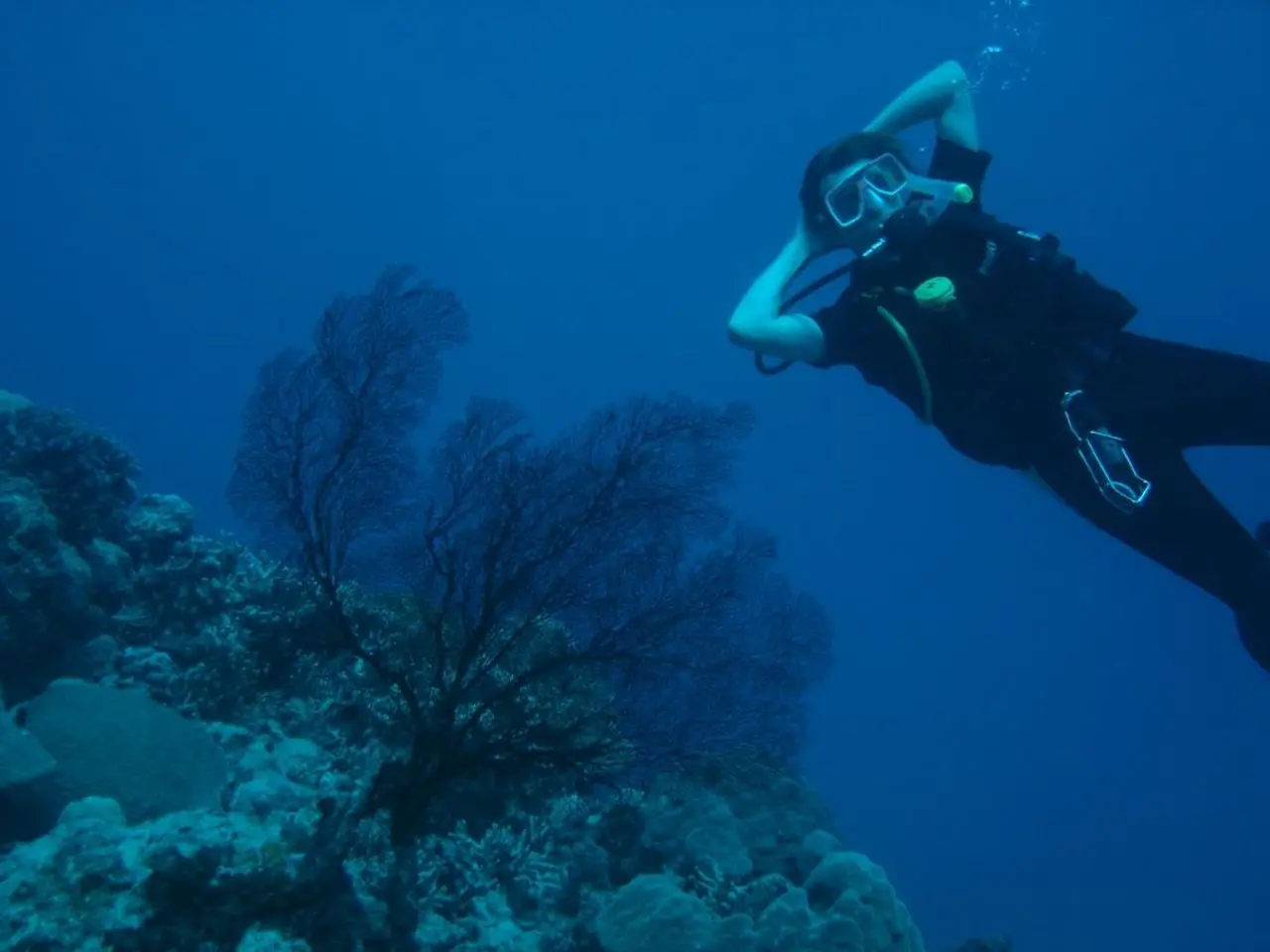Disaster Analysis Reveals Avoidable Elements in Titan Submarine Mishap
Coast Guard Investigation Reveals Preventable Disaster in Deep-Sea Expedition
The U.S. Coast Guard's investigation into the Titan submersible incident, which occurred on June 18, 2023, and resulted in the tragic loss of all five occupants, has concluded that the disaster was preventable. The investigation attributed the incident primarily to OceanGate’s inadequate engineering design, testing, certification, maintenance, and inspection processes.
In a report released by the Coast Guard, OceanGate is accused of maintaining inadequate safety protocols, exhibiting "critically flawed" procedures that did not adhere to necessary maintenance and inspection protocols for the Titan. The report asserts that the company exploited operational ambiguities to operate outside standardized protocols, allowing them to bypass thorough inspection processes.
The report notes the inherent unreliability of carbon fiber at depths, where materials can undergo delamination, leading to weaknesses. This unpredictability was highlighted by Rob McCallum, an expert in deep-sea operations, who pointed out the potential issues with carbon fiber materials. The Titan submersible imploded approximately 90 minutes post-launch due to a catastrophic failure of its carbon-fiber structure.
The investigation found that previous incidents raised concerns about the sub's safety, but OceanGate continued its utilization without thorough assessments. The report also criticized OceanGate's workplace culture, describing it as "toxic."
To prevent future disasters, the Coast Guard issued 17 safety recommendations. These recommendations aim to create a robust regulatory framework that balances encouraging innovation in submersible technology with enforcing stringent safety measures to protect lives.
Key safety recommendations include restricting research designations for submersibles and expanding regulations for all submersibles engaged in scientific or commercial dives to ensure consistent safety standards. The Coast Guard also proposed requiring Coast Guard documentation and certification for all U.S. submersibles, including innovations and novel designs, to enforce accountability and compliance.
An industry working group is suggested to review and update safety standards and engineering protocols for submersibles, enabling safer passenger operations while reducing incentives for non-compliant operators. Improving interagency coordination between OSHA and the Coast Guard is also proposed to clarify protocols for investigating whistleblower reports and enforcing safety compliance.
Addressing and enforcing proper engineered design and testing, including rigorous analysis of hull materials and structural integrity under deep-sea pressures, is crucial to prevent failures like Titan's carbon-fiber hull implosion. Enhancing preventative maintenance, thorough post-incident investigations, and better monitoring systems that do not over-rely on real-time hull data without proper analysis are also recommended.
Creating a safer workplace culture that encourages safety reporting rather than intimidation or retaliation against whistleblowers, tackling toxic operational practices that concealed critical safety concerns, is also essential.
The Coast Guard’s investigation emphasizes that rigorous engineering standards, regulatory oversight, improved interagency cooperation, and a culture of safety are essential to preventing similar tragedies. The recommendations aim to close existing loopholes that allowed OceanGate to operate Titan outside established safety protocols, reducing the risk of future implosions and loss of life.
The incident has raised questions about the safety regulations and oversight in deep-sea exploration. Stockton Rush, the founder of OceanGate and pilot during the Titan's critical voyage, may face criminal charges for contributing to the loss of life. The Marine Board proposed 14 safety recommendations, including implementing stronger regulatory oversight for submersible operations and reassessing designations that allow submersibles to evade certification standards.
- Despite the tragic incident involving the Titan submersible, there is an opportunity to improve health-and-wellness in deep-sea expeditions by enforcing stricter safety measures, particularly in the areas of engineering design, technology, and medical-conditions.
- To prevent future disasters, it is crucial to address the breakdown in safety protocols in the technology sector, focusing on proper engineered design, testing, and rigorous analysis of hull materials under deep-sea pressures, as well as fostering a workplace culture that encourages safety reporting and tackles toxic operational practices.




